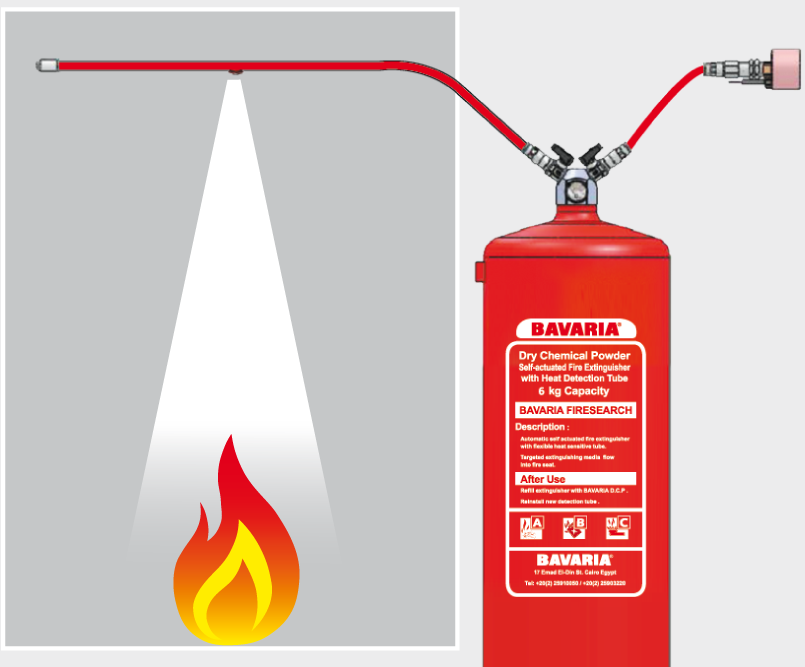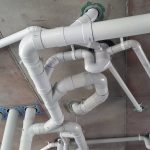Course Overview:
This course provides a comprehensive understanding of advanced hydraulic principles and their application in designing automatic fire suppression systems. It focuses on hydraulic fire protection technologies and their significance in safeguarding facilities from fire hazards. Through theoretical lectures and practical applications, participants will learn how to design effective and reliable fire suppression systems using hydraulic technologies.
Course Objectives:
• Enhance the fundamental understanding of hydraulics and advanced applications in fire suppression systems.
• Learn how to design effective automatic fire suppression systems based on hydraulic principles.
• Develop participants’ skills in analyzing and designing fire protection systems according to safety requirements and international standards.
• Apply simulation and modeling techniques in hydraulic system design.
• Strengthen the ability to identify and analyze issues in fire suppression systems and propose suitable solutions.
Training Content:
• Introduction to Hydraulics: Basic principles of hydraulics and its importance in fire suppression systems.
• Automatic Fire Suppression Systems: Understanding different types of fire suppression systems and their applications.
• Designing Hydraulic Systems: Methods for designing fire suppression systems based on project requirements.
• Performance Analysis: Tools and techniques for analyzing the performance of fire suppression systems.
• Standards and Regulations: Study of local and international standards related to fire suppression systems.
• Practical Application: Hands-on workshops on designing and analyzing fire suppression systems.
Target Audience:
This course is aimed at engineers and technicians specializing in civil engineering, mechanical engineering, and fire protection engineering, as well as anyone involved in the design, installation, and maintenance of fire suppression systems. It is also suitable for students and graduates seeking to enhance their skills in this field.






